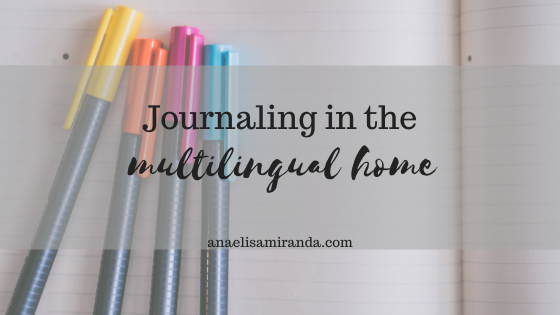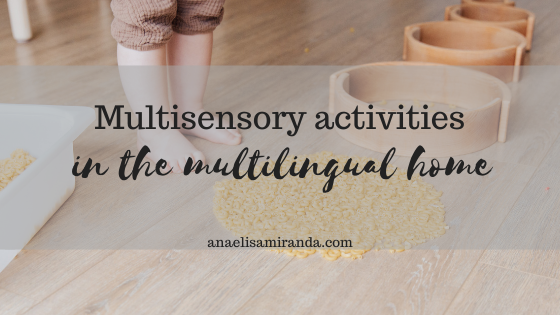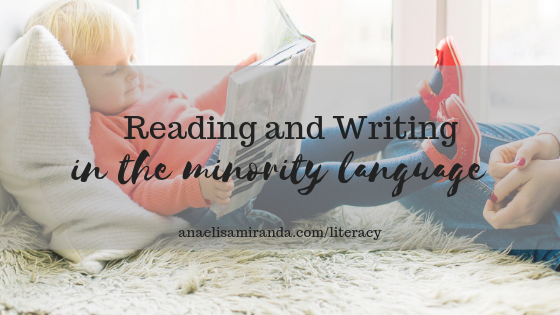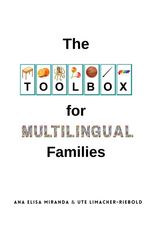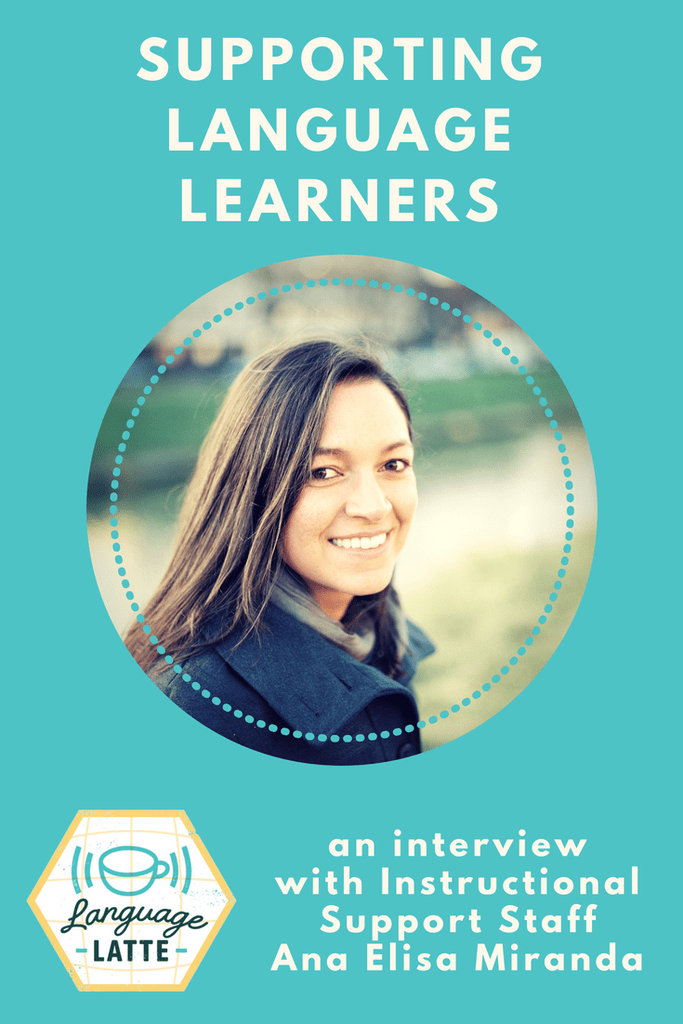Whether we are traveling or staying home during school holidays, both are great opportunities to learn something new and to connect with our children.
However, when we are on vacation, we might want to keep things as simple and relaxed as possible.
This Summer, we created a series of videos where we shared the easiest ways to engage our children with our home languages.
In this video I share 3 no-prep activities that support reading skills for toddlers, primary school kids and teenagers. Reading in the home language doesn’t really require a lot of preparation. We hope these activities inspire you!
However, when we are on vacation, we might want to keep things as simple and relaxed as possible.
This Summer, we created a series of videos where we shared the easiest ways to engage our children with our home languages.
In this video I share 3 no-prep activities that support reading skills for toddlers, primary school kids and teenagers. Reading in the home language doesn’t really require a lot of preparation. We hope these activities inspire you!
It might take a while for our children to switch to using our home language more often when daycares and schools (in the other language) are out, but there are many ways to support them in becoming more confident in our home languages.
In this video, Ute shares a few activities that foster speaking skills for toddlers, primary school children and teenagers that do not require any preparation.
Regular practice of reading and writing in the home language is crucial for our children to improve their literacy skills.
Check out Yoshito’s ideas of no-prep writing activities we can do anytime, anywhere:
We also met live and talked about How to make the most of holidays in our home country. The three of us were fortunate enough to be able to visit family in “our countries” or countries where one of our languages are spoken. Watch the recording and see ideas and strategies for all ages!
***
Have fun with your languages and find hundreds of activity ideas for your multilingual family on our books:
The Toolbox for Multilingual Families
The Parents’ Guide to Raising Multi-literate Children

